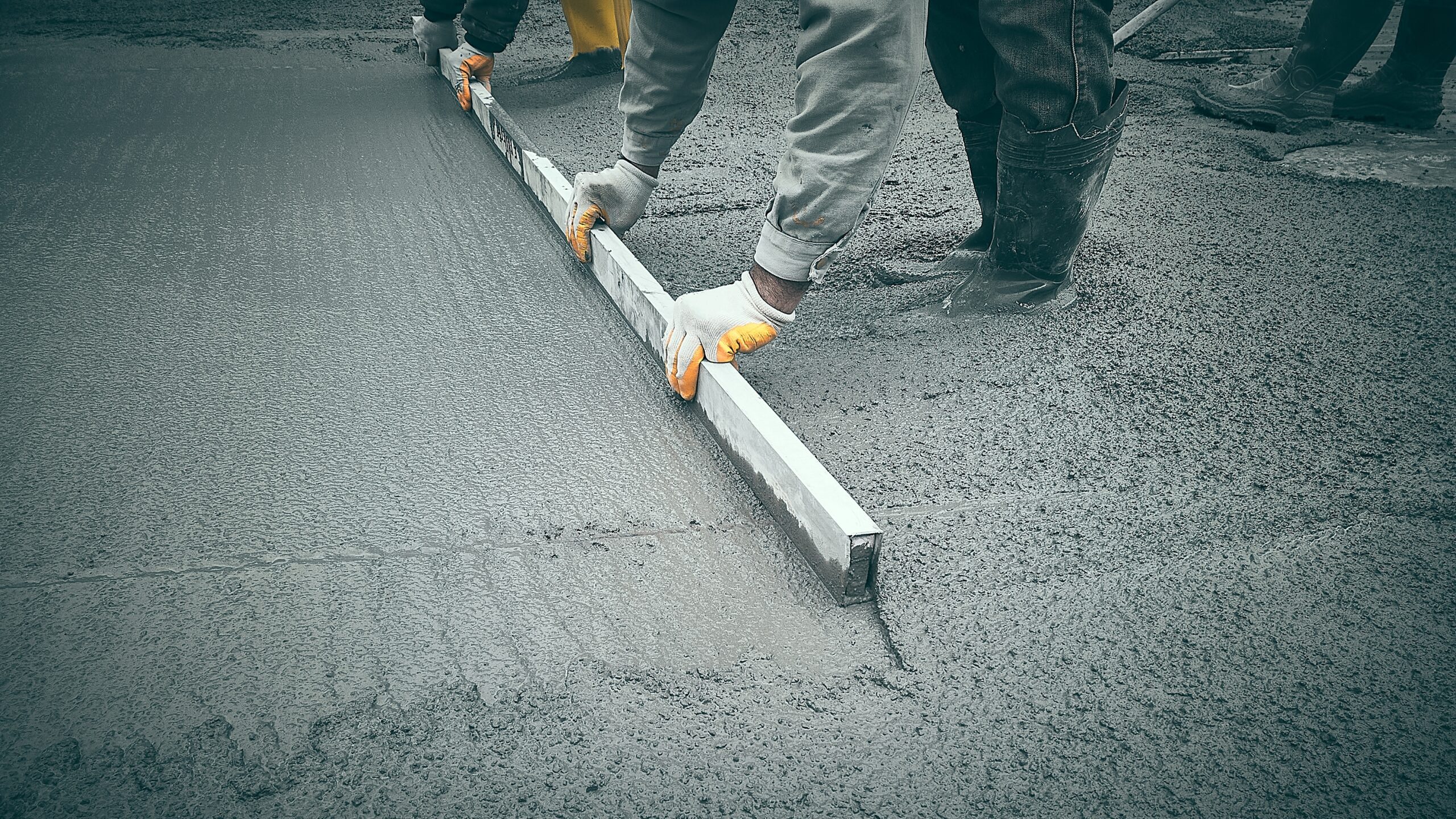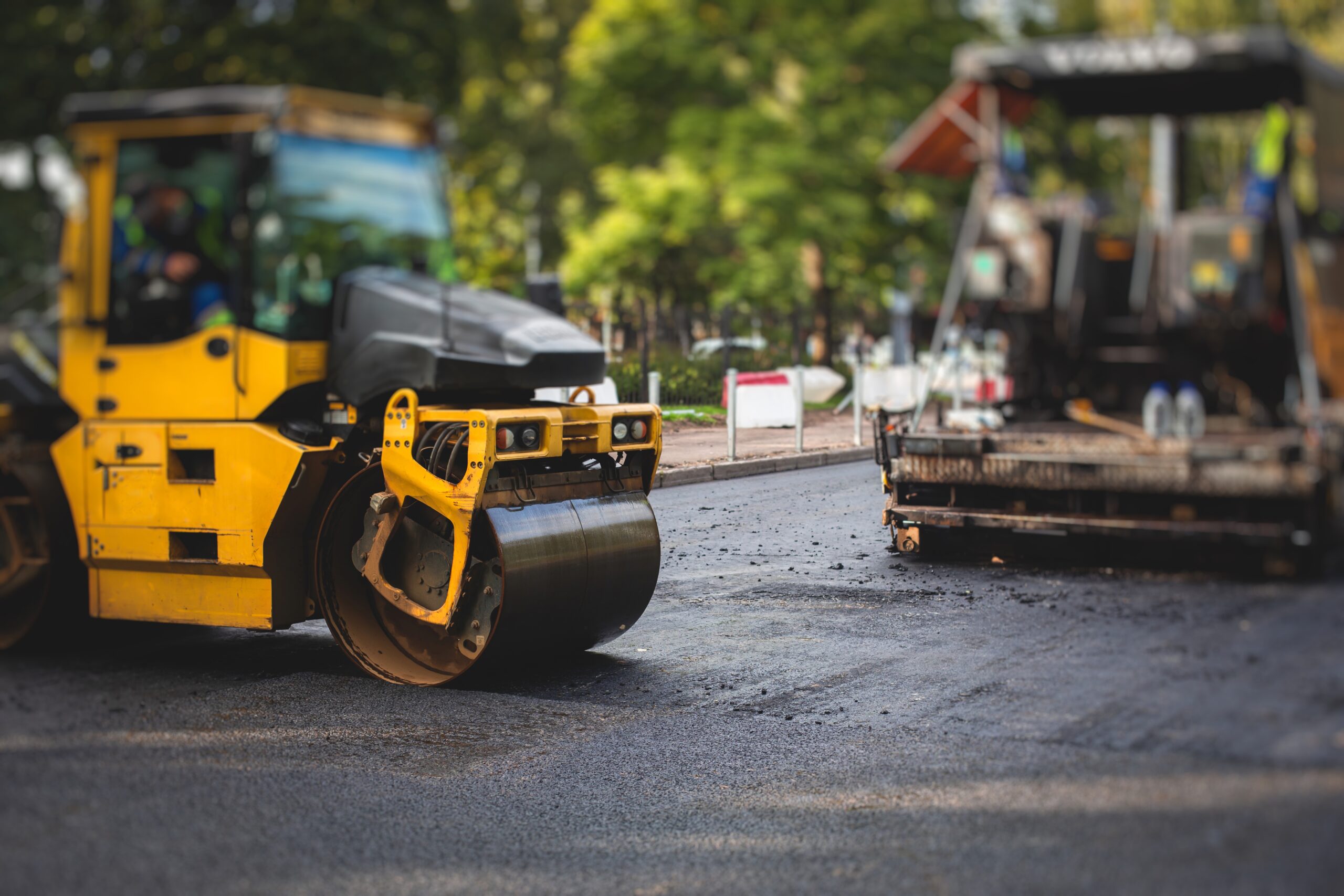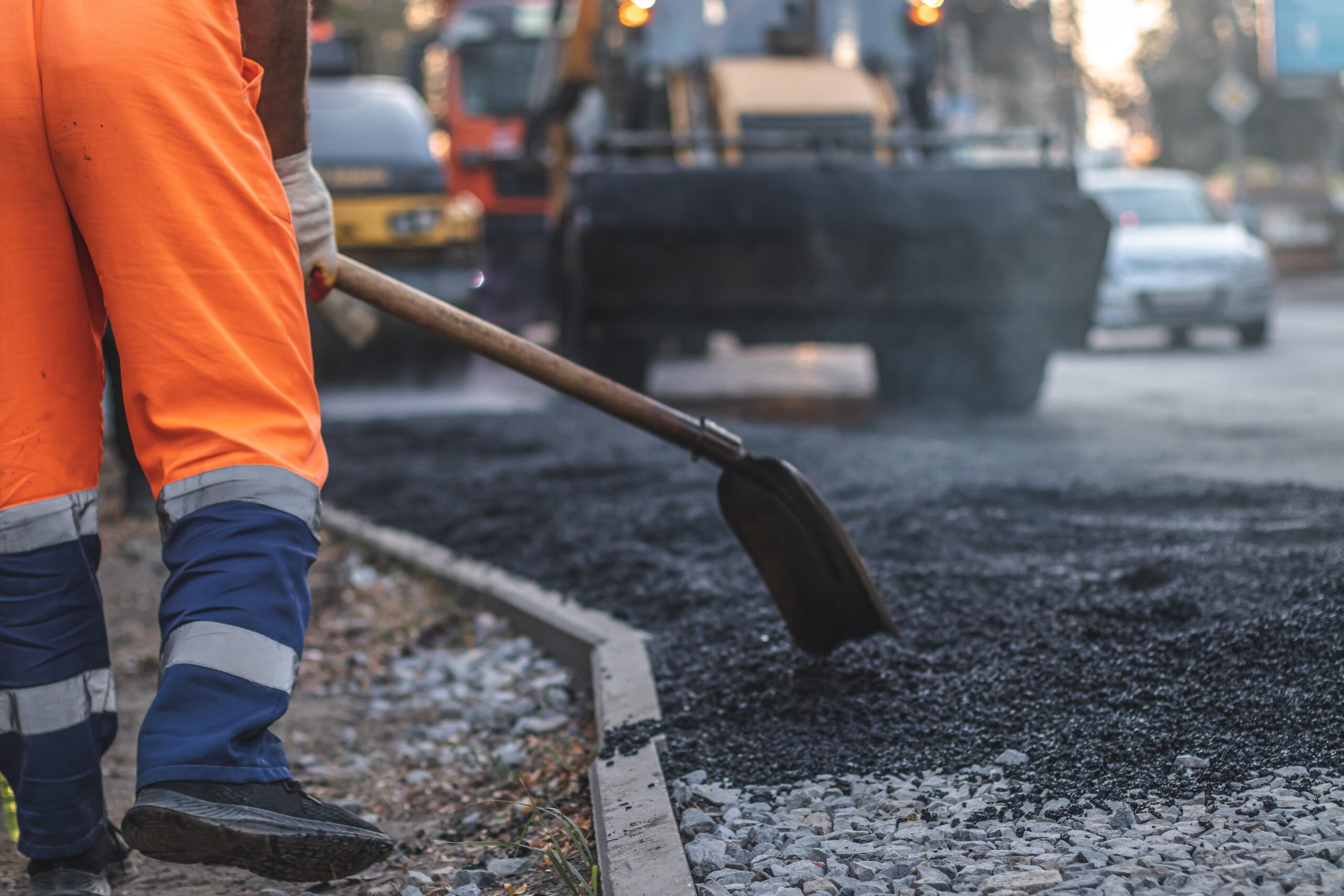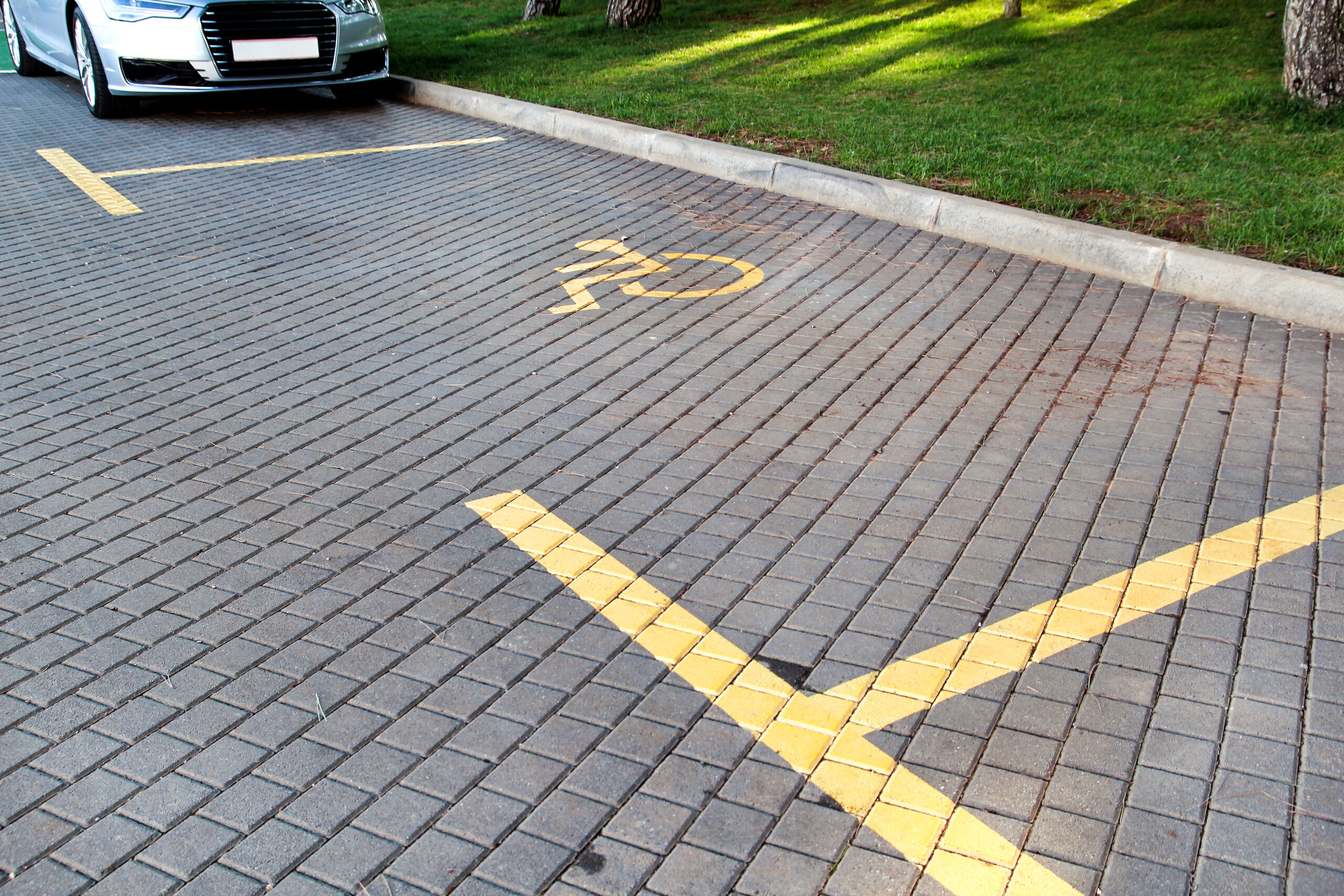
Many property owners see small cracks or chips in concrete and think, “It’s not a big deal.”
But what starts as a tiny crack can spread fast. Water gets in, freezes, and expands. Over time, that harmless-looking damage can become a safety risk, or even a complete structural failure.
Worse, the small cracks increase the longer you wait.
This article explains why delaying concrete repair is a mistake, how damage progresses, and how early action protects your safety and saves money.
The Hidden Costs of Delaying Concrete Repairs
Delaying concrete repairs might seem like a way to save money now, but the hidden costs, ranging from structural damage to legal liabilities, can quickly turn minor cracks into major financial burdens.
Escalating Repair Costs Over Time
What starts as a small crack in your concrete may seem harmless, but the longer you ignore it, the more expensive it becomes.
A minor repair that might cost a few hundred dollars now could turn into a major project requiring thousands later.
Delaying only allows the sidewalk crack damage to worsen, increasing both the fixing small cracks complexity and overall cost.
Structural Weakness and Collapse Risk
Cracks allow moisture to seep into the concrete, which corrodes the steel reinforcement inside. Over time, this weakens the entire structure and can lead to pieces breaking off, or in severe cases, full structural failure.
What appears to be cosmetic damage could compromise the safety of your home or property.
Increased Legal Liability
Cracked or uneven concrete on walkways, driveways, or patios poses a serious tripping hazard.
If someone gets injured on your property because of neglected concrete damage, you could be held legally responsible. In some municipalities, property owners may even be fined for not maintaining safe walkways.
What Happens When You Ignore Concrete Damage?
Concrete may appear tough and long-lasting, but even minor damage can quietly worsen beneath the surface.
Ignoring early signs like cracks, chips, or uneven slabs can lead to serious structural issues, unexpected expenses, and safety concerns.
Below, we break down exactly how this neglect can impact your property.
Water Infiltration and Erosion
Cracks in concrete allow rainwater to seep in and reach the soil beneath. This erodes the foundation and can cause the slab to sink or shift, leading to even more cracks. As the base weakens, the concrete loses its support and becomes unstable.
Freeze-Thaw Damage
In cold climates, water that enters cracks can freeze and expand. This process forces the crack to widen each time the temperature drops, breaking the concrete apart bit by bit. The cycle of freezing and thawing is one of the fastest ways for concrete to deteriorate.
Mold, Mildew, and Air Quality Issues
Moisture trapped in concrete can encourage the growth of mold and mildew, especially in basements or areas with poor ventilation.
Over time, these growths can spread and negatively impact indoor air quality, which can be a health risk for you and your family.
Why Timely Concrete Repairs Are a Smart Investment
Fixing concrete damage early isn’t just about looks; it’s a smart financial move. Quick repairs help you avoid larger costs down the road, keep your property safe, and preserve its long-term value.
Let’s explore how acting fast can save you money and stress.
Saves Money Long-Term
Fixing concrete issues early prevents them from becoming expensive problems later. Small cracks or surface damage can be repaired quickly and affordably, whereas advanced damage often requires large-scale repairs or complete replacement that cost significantly more.
Increases Concrete Lifespan
Taking care of your concrete prolongs its usable life. Regular concrete sidewalk maintenance and timely repairs can help concrete surfaces last decades longer by preventing water damage, erosion, and cracking from getting worse over time.
Boosts Property Value and Curb Appeal
Well-maintained concrete improves the appearance of your property, giving it a clean and cared-for look.
This not only makes your home or business look better but can also increase its market value and make a better impression on potential buyers or visitors.
Early Signs of Concrete Damage You Shouldn’t Ignore
Concrete often gives warning signs before serious damage occurs, but only if you know what to look for.
Spotting these early indicators can help you take action before the problem grows, saving you both time and money in the long run.
Small Cracks (Hairline or Larger)
Even small cracks in concrete can become a serious issue over time. They might begin as surface-level flaws but can widen and deepen, especially with exposure to water and temperature changes. These should be sealed promptly to prevent further damage.
Uneven or Sinking Slabs
If one part of a concrete surface sinks lower than the rest, it usually means the soil beneath has shifted or eroded.
This can create an uneven surface that’s both dangerous and unsightly, and it signals that the structural base needs attention immediately.
Flaking or Spalling
When concrete begins to chip, flake, or peel, it’s called spalling. This happens when the surface is weakened by exposure to moisture, freeze-thaw cycles, or poor installation. Left untreated, it can spread quickly and compromise the slab’s integrity.
Discoloration or Powdery Residue
White or chalky deposits on the surface are signs that moisture is moving through the concrete. Known as efflorescence, this issue indicates water intrusion, which can lead to deeper structural problems if ignored.
Why Hire a Professional Concrete Repair Contractor?
While small fixes may seem like a DIY project, professional contractors bring the tools, experience, and expertise needed to ensure lasting results.
Hiring the right expert can make all the difference in preventing future issues and ensuring your concrete is repaired correctly the first time.
In-Depth Inspection and Diagnosis
Professional contractors don’t just look at surface damage, they examine the underlying causes. Using specialized tools and knowledge, they can detect hidden issues like soil erosion, water damage, or internal cracking that a homeowner might overlook.
Specialized Tools and Materials
Experts use advanced repair methods like epoxy injections, polyurethane foam lifting, and high-strength sealants that offer durable, long-term solutions. These tools ensure the repair not only looks good but also lasts for years.
Long-Term Warranties and Peace of Mind
When you hire a reputable contractor, you often receive warranties that guarantee the work. This gives you peace of mind knowing that if problems arise again, you’re covered and won’t need to pay out of pocket for rework.
How to Maintain Concrete and Prevent Future Damage
Keeping concrete in top condition requires regular care and smart preventive steps. From sealing to managing drainage, simple maintenance routines can protect your concrete surfaces from cracking, shifting, and long-term deterioration.
Conduct Seasonal Inspections
It’s a good idea to inspect your concrete in spring and fall each year. Look for cracks, discoloration, or signs of sinking. Early detection helps you fix problems before they worsen.
Use High-Quality Sealants
Applying a concrete sealer every few years adds a protective layer against water, chemicals, and UV damage. This simple step can dramatically extend the life of your driveway, patio, or walkway.
Improve Drainage Around Concrete
Ensuring proper drainage keeps water from pooling around your slabs. Installing downspouts, French drains, or adjusting landscaping can prevent erosion and soil movement that lead to cracking and sinking.
Choosing the Right Concrete Repair Company
Not all repair companies are created equal. Picking a skilled and trustworthy contractor ensures your concrete is repaired properly, using high-quality materials and methods that deliver long-term durability and value.
Licensed, Bonded, and Insured
Always choose a contractor who is properly licensed and insured. This protects you from liability and ensures the company meets industry standards.
Clear Estimates and Transparent Pricing
A reliable contractor will provide a written estimate that clearly outlines the scope of work and all costs involved.
This helps you avoid surprise fees and ensures you understand exactly what you’re paying for.
Strong Local Reputation
Look for companies with positive reviews and satisfied customers. A contractor with a good local track record is more likely to deliver high-quality service and stand by their work.
Use of Modern Repair Techniques
The best repair companies stay up to date with the latest methods like concrete lifting, sealing, and injection.
These modern techniques offer stronger, faster, and more cost-effective results than outdated methods.
Frequently Asked Questions
Can I Repair Concrete Cracks Myself, Or Should I Always Hire A Professional?
You can repair minor surface cracks using DIY crack fillers or sealants available at hardware stores.
However, deeper or structural cracks should be assessed by a professional to avoid underlying issues like soil movement or water damage being overlooked.
How long do concrete crack repairs typically last?
The lifespan of a concrete crack repair depends on the method used, the extent of damage, and environmental conditions.
Professionally done repairs using high-grade materials can last 10–20 years or more, especially with regular maintenance.
Is there a best time of year to do concrete repairs?
Yes, the best time is during spring or early fall when the weather is mild. Extreme heat or cold can affect how repair materials cure, so avoid working during very hot summers or freezing winters if possible.
Will repaired cracks reappear in the future?
If the root cause of the crack, such as soil shifting, poor drainage, or heavy loads, is not addressed, the crack can reappear.
That’s why long-term repair success depends not only on patching the crack but also on fixing the underlying issue.
Stay Ahead of Costly Damage – Repair Your Concrete Today
Ignoring concrete damage is like ignoring a leak in your roof, it only gets worse. Cracks grow, water gets in, mold appears, and structures weaken.
Before you know it, what could’ve been a $300 fix turns into a $5,000 repair job. Don’t wait for that to happen.
From my experience in concrete restoration, early repair is always the smartest move. Regular inspections, sealing, and quick fixes can extend the life of your concrete by decades. It’s a small step now that saves big later.
Need Professional Help?
Contact Asphalt Coatings Company today for expert concrete repair services across the San Jose area. Don’t wait until it’s too late.



